In recent years, prosthetics have seen a dramatic increase in innovation due to the rise of 3D printing. [Nicholas Huchet] — missing a hand due to a workplace accident in 2002 — spent his residency at Fab Lab Berlin designing, building, testing and sharing the files and tutorials for a prosthetic hand that costs around 700 Euros.
[Huchet] founded Bionicohand with the intent of using the technology to make prosthetic limbs available to those without reliable medical or social assistance — as well as for amputees in countries without such systems — which can cost tens of thousands of dollars. The parts took a week to print while assembly and modifications to suit [Huchet’s] arm took another four days, but the final product is functional and uses affordable myoelectric sensors, boards and servos — plus there’s always the option of using a basic 3D scanner to accommodate for existing prosthetic mounts for the individual.
Continue reading “3D-Printed Prosthetic Puts The Power In The Hands Of Those Who Need It”

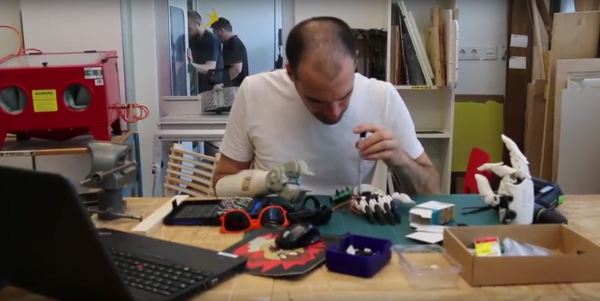
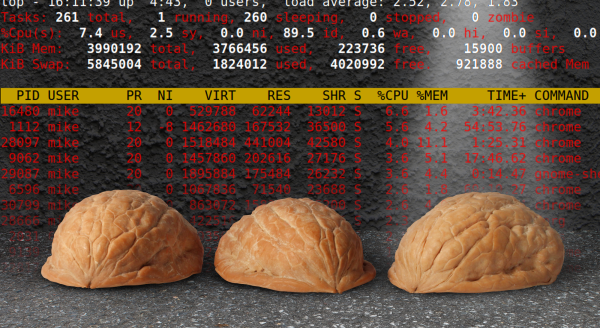

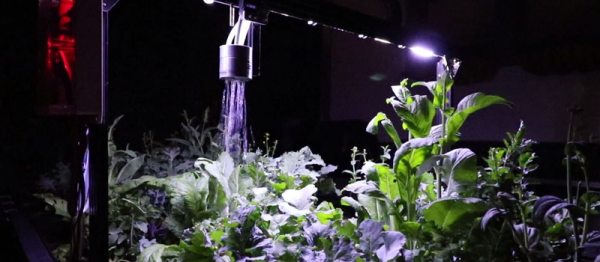
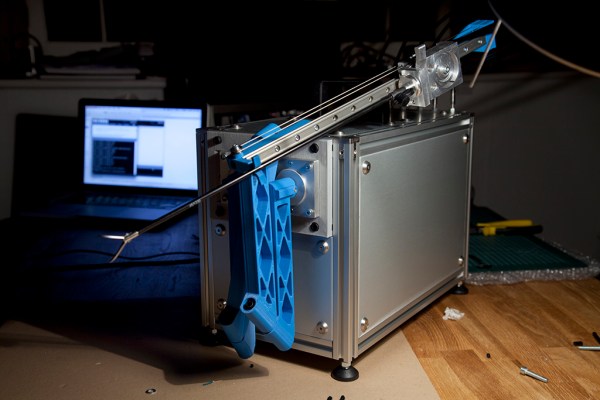
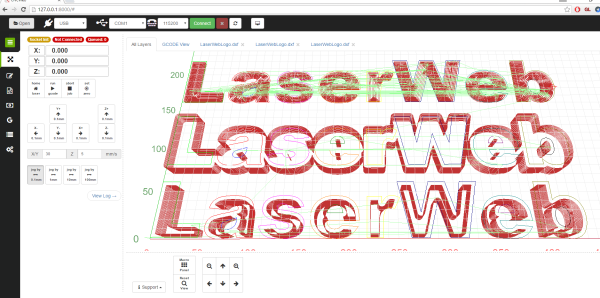
 LaserWeb3 supports different controllers and the machines they might be connected to – whether they are home-made systems, CNC frames equipped with laser diode emitters (such as retrofitted 3D printers), or one of those affordable blue-box 40W Chinese lasers with the proprietary controller replaced by something like a
LaserWeb3 supports different controllers and the machines they might be connected to – whether they are home-made systems, CNC frames equipped with laser diode emitters (such as retrofitted 3D printers), or one of those affordable blue-box 40W Chinese lasers with the proprietary controller replaced by something like a 









